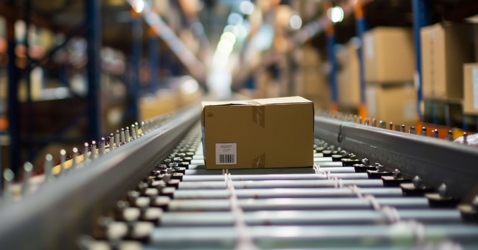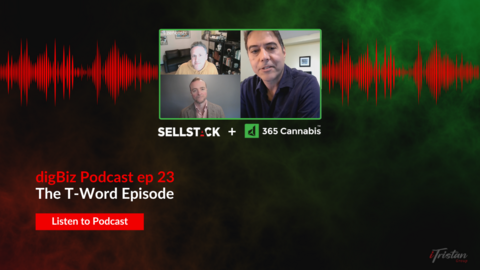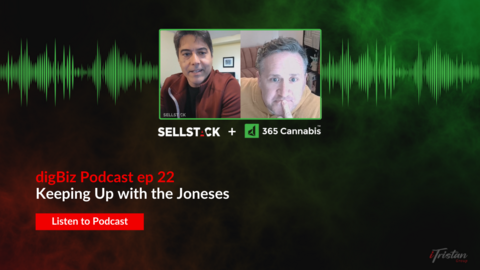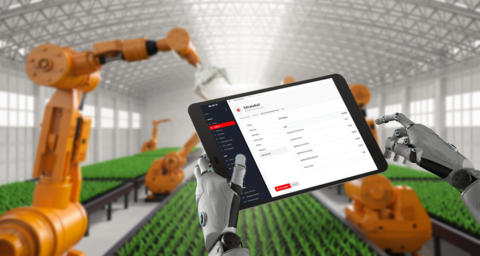Too many businesses are often brought to their knees by inefficiencies lurking within their supply chains. Disconnected systems, inventory mismanagement, and last-mile delivery failures are more than operational hiccups—they’re competitive liabilities. To thrive in this environment, companies that embrace an End-to-End (E2E) supply chain approach, integrating every aspect of operations, from manufacturing to last-mile delivery and are bold enough to pursue it, the rewards are clear: agility, efficiency, and an unassailable edge in the market.
At the heart of supply chain dysfunction lies a fundamental issue: disconnected systems. Many companies operate on a patchwork of software tools and data silos that simply don’t communicate. The result? Errors in inventory tracking, delays in order fulfillment, and missed opportunities to optimize delivery routes. This fractured infrastructure is especially devastating in sectors like perishables, where delays or missteps lead directly to waste. Businesses need systems that provide real-time visibility across the entire chain, ensuring that decisions are based on up-to-the-second data. Advanced ERP platforms and IoT technologies have emerged as powerful tools in this space, enabling companies to monitor everything from warehouse conditions to shipment locations in real time.
To be clear, we're talking about truly End-to-End from manufacturer procurement all the way to customers receiving their product in their hot little hands. This isn’t just about efficiency—it’s about growing in a landscape where speed and accuracy determine success or ... not.
Inventory management presents another critical battleground in the fight for competitive advantage. Warehouses overrun with slow-moving goods are just as damaging as shelves left empty during peak demand. Traditional forecasting methods simply don’t cut it anymore, especially in industries where trends and customer behavior shift overnight. In-warehouse tech ranges from old school location-planning all the way up to AI-powered predictive analytics, offering businesses the ability to anticipate demand with startling accuracy. Ensuring that the right products are in stock at the right time optimizes warehouse layouts and stocking levels to minimize waste; for hard goods it ensures optimal stock commitment velocities up to just in time delivery, for perishables it's a complete game-changer: less spoilage, fewer stockouts, and a far more profitable supply chain.
Supply chains thrive — or fail — on the quality of their data.
But even the most optimized systems are meaningless without resilience, needing a robust model as its foundation. The modern supply chain is a delicate ecosystem, vulnerable to everything from geopolitical upheaval to unexpected shifts in consumer demand. Companies can no longer afford to operate reactively; they must design supply chains with flexibility baked in. Resilience encompasses many disciplines (not all of which we'll get into here), including diversified suppliers where possible and adopting robust digital models to maintain control over warehouse operations, sales funnels, fulfillment controls and product flows. These measures don’t just reduce vulnerability—they position businesses to excel at logistics speed, which in turn benefits customer experience, and administrative experience (you've got to keep your sales team informed and happy) while competitors scramble to keep up.
Resilience planning can be categorized into three core areas:
- Technical: baked into the platform ecosystem
- robustness : ensure platforms can handle slowdowns in performance and responsiveness without failing easily
- failover resilience : if a part of the ecosystem does stop responding, ensure systems can continue operating
- human-interaction augmentation : tools to provide customers and administrators dynamic messaging and alerts
- Mathematical
- dynamic committed inventory : do all product types have the same replenishment velocity? Don't treat them the same way
- dynamic CX messaging : message customers based on product type and dynamic availability
- dynamic product Lot and variant management : UX changes in line with Lots and Variant fluidity
- Strategic:
- craft the mathematical and technological model to suit your business needs and reality
Underpinning all of this is the need for data integrity. Supply chains thrive — or fail — on the quality of their data. For businesses handling time-sensitive goods, inaccurate or outdated information can mean the difference between satisfied customers and financial loss. For customers, this kind of transparency builds trust; for businesses, it provides a rock-solid foundation for decision-making.
A fully integrated supply chain benefits every stage of the process, creating a seamless flow from manufacturing to delivery and beyond. Starting at manufacturing, robust integration ensures that production aligns with real-time demand forecasts, reducing waste and optimizing output. This transitions to warehousing, where strategically chosen warehouse locations and enhanced visibility into product availability streamline operations. Sales teams and customers alike benefit from this integration, with sales representatives accessing accurate inventory data and customers experiencing smoother transactions. Automated order systems then take over, ensuring accurate and efficient fulfillment, while last-mile delivery solutions optimize speed and reliability.
Finally, the ecosystem loops back into the business, feeding real-time sales data, customer accounts, and ERP inventory commitment systems to continuously refine operations. This interconnected approach doesn’t just reduce inefficiencies; it creates a smarter, more agile supply chain that adapts to customer needs and market dynamics.
The final mile - or kilometre - of the supply chain is usually known as the "last-mile" delivery; where reputations are made or broken for business. Customers have zero tolerance for delays, damaged goods, or vague delivery windows. This is especially true in e-commerce in general, but especially in perishables, where precision and speed are non-negotiable. Route optimization tools and investments in cold chain logistics are no longer optional—they’re essential. These technologies enable companies to deliver goods faster, more cost-effectively, and in perfect condition, creating a seamless customer experience that inspires loyalty and drives repeat business.
End-to-End supply chain management isn’t just a concept — it’s a strategy that addresses the most critical inefficiencies in modern business. By integrating every step of the process, companies can transform their supply chains from a liability into a competitive weapon. In a world where every second counts and every customer interaction matters, the ability to manage the entire journey—from manufacturing to delivery—is what separates the leaders from the rest of the pack.
For businesses ready to rise to the challenge, the path is clear: embrace the E2E mindset, invest in the tools that make it possible, and prepare to dominate your market.


























